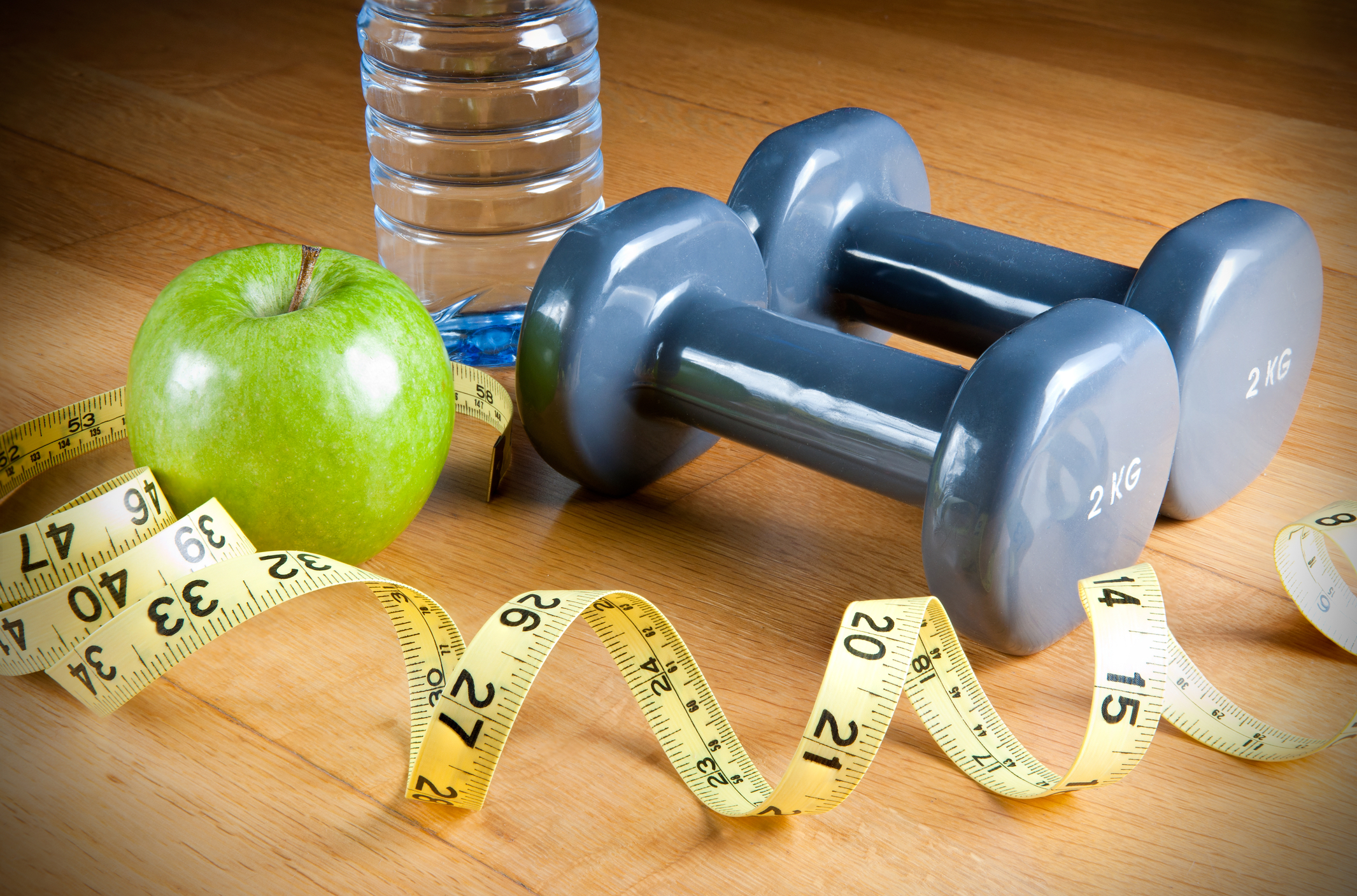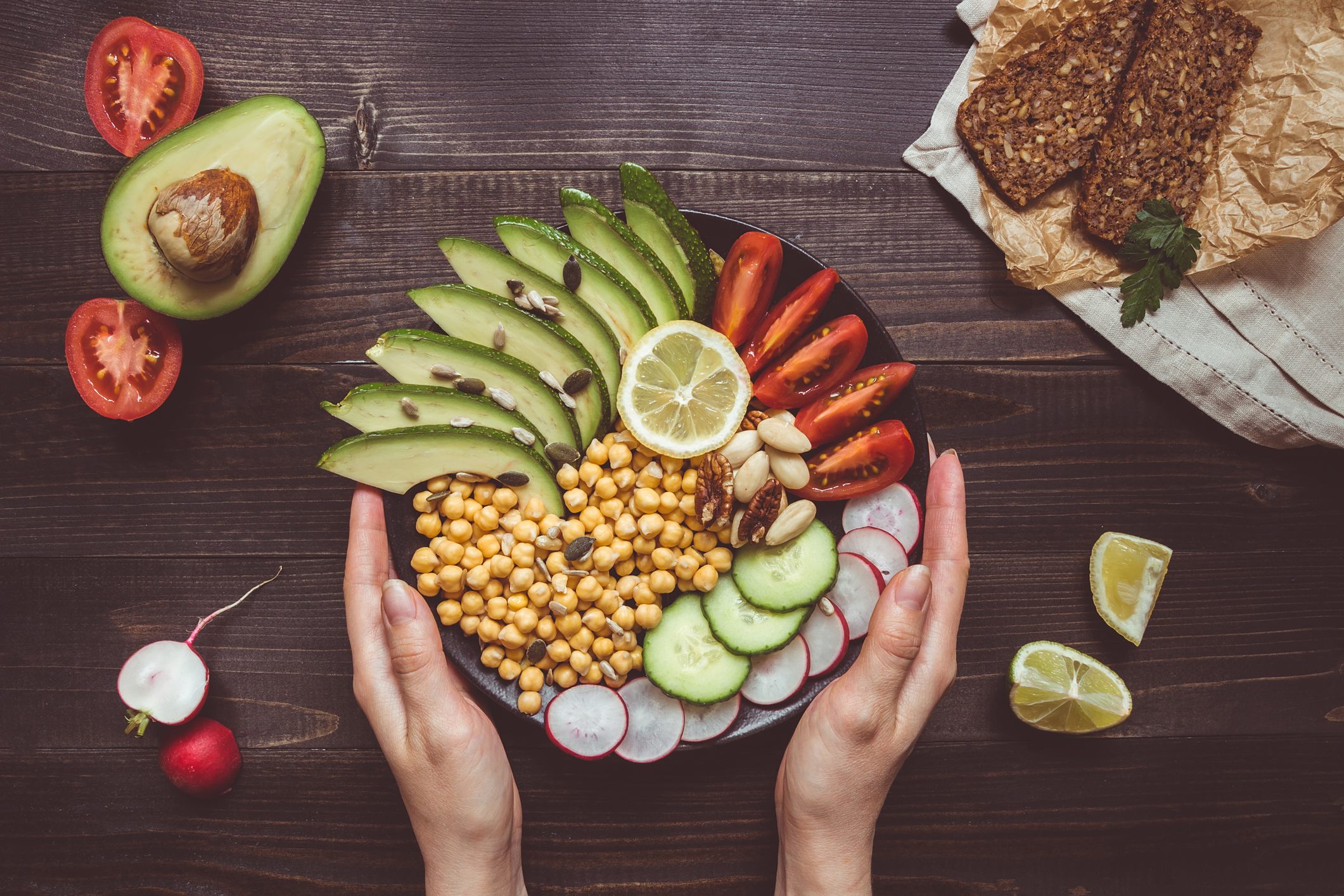Top 5 Insights: Delving into the 16:8 Diet & Its Enticing Benefits
Diving into the world of diets, it's impossible to ignore the 16:8 diet – a form of intermittent fasting that has garnered significant attention in recent years. But what exactly is the 16:8 diet? At its essence, it consists of consuming food within an eight-hour period in the day and fasting for the remaining sixteen hours. This simple principle, though seemingly straightforward, comes with a myriad of enticing health benefits, as we would discover in subsequent slides.
Getting accustomed to this style of eating might require some tweaks for most individuals used to constant snacking or irregular meal times. The beauty of this diet lies in its flexibility - you can choose the eight-hour window that fits your lifestyle best! Many opt for the 12 pm to 8 pm time-frame, skipping breakfast and making lunch their first meal.
Research has indicated that aligning your diet within a specific timeframe encourages your body to utilize fat as a source of energy rather than storing it, leading to potential weight loss. Now, let's delve into the remarkable benefits that set this diet apart from the rest.
The Weight Loss Potential

One of the most enticing benefits of the 16:8 diet is its potential to aid weight loss. This regime aims to limit your calorie intake by reducing your eating window, in turn, reducing the chances of overeating. However, it’s crucial to maintain balanced nutrition within these windows to ensure efficient energy utilization.
A study published in the journal 'Nutrition and Healthy Aging' found that participants following the 16:8 diet for 12 weeks had lower body weight and fat mass compared to those who ate at their usual times. This tantalizing benefit might be owing to improved metabolic functions - but more about that in the next slide!
Metabolic Improvements

The 16:8 diet also offers a range of metabolic benefits. The fasting period in this diet can prompt the body to switch from using glucose as a primary fuel source to using stored fats, leading to improved metabolic flexibility. This improved flexibility could potentially reduce the risk of metabolic syndrome, a grab-bag of conditions including high blood pressure and blood sugar, which can lead to heart disease or diabetes if untreated.
Moreover, research also suggests intermittent fasting regimes like the 16:8 diet may increase insulin sensitivity, which improves your body's efficiency at processing sugars. Could this diet also offer cognitive benefits? Let's find out!
Potential Cognitive Benefits

As exciting as weight loss and metabolic improvements are, cognitive benefits add another layer of intrigue to the 16:8 diet. Preliminary research in animals suggests that intermittent fasting may safeguard brain health, potentially slowing down the progression of neurodegenerative disorders like Alzheimer's.
Though studies in humans are limited at this stage, the potential cognitive benefits make the 16:8 diet an area of growing interest for scientists. It's thought that fasting periods could trigger a process called 'autophagy,' where cells remove toxins and repair themselves - but more research is needed to confirm these benefits.
The Final Verdict - An Individual Approach

The 16:8 diet offers enticing benefits, from weight loss to potentially improved cognitive function. However, as with any diet, it is crucial to remember that the effects can vary between individuals. Factors such as genetics, lifestyle, and pre-existing health conditions play a role in how well the diet works for someone.
Treat these insights as a platform for further research and consult your healthcare professional before diving into any new dietary regimen. It's essential to ensure that the 16:8 diet suits your dietary needs and lifestyle. Remember, achieving optimal health is a marathon, not a sprint, and finding what works for you is the key to long term success.